How we read: the neuroscience behind literacy
Futurum
SEPTEMBER 5, 2023
Pathway from school to cognitive neuropsychology • At school and post-16 years old, subjects such as biology, chemistry, psychology, mathematics and English or other languages can provide a good foundation for an appropriate undergraduate degree at university. It includes articles, videos and information about neuroscience careers and events.


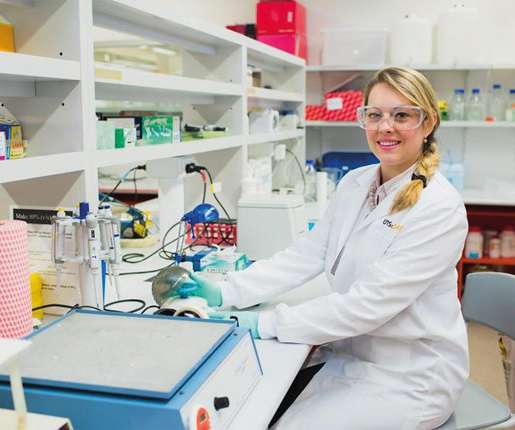
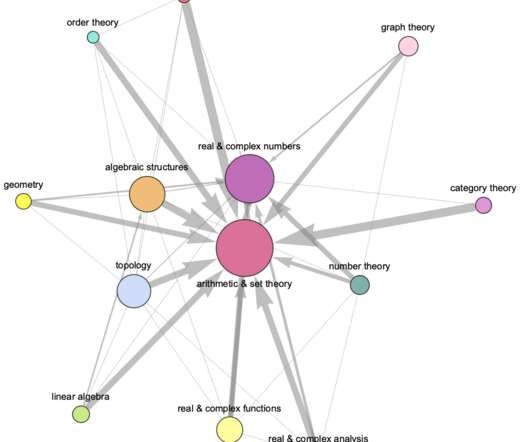
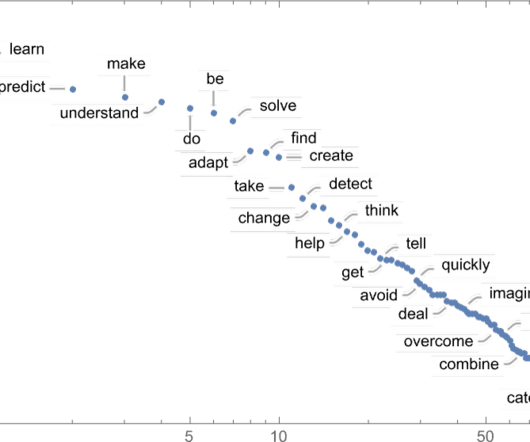


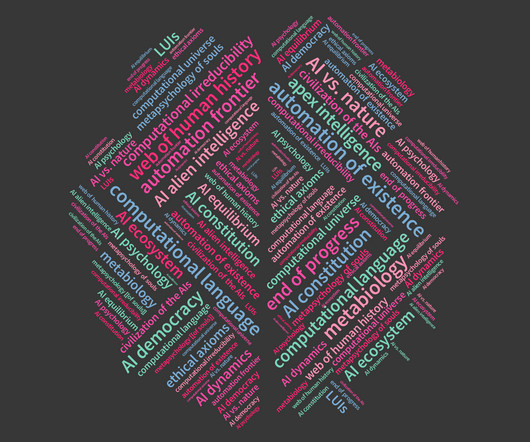
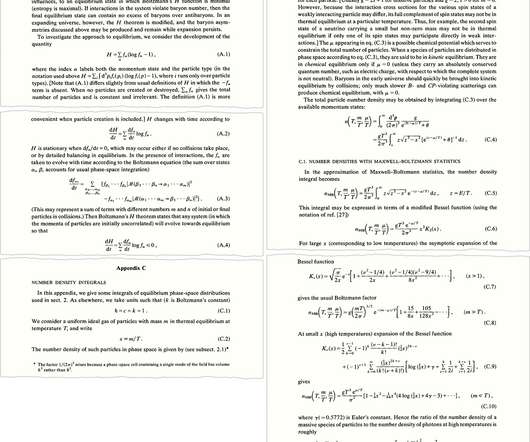






Let's personalize your content